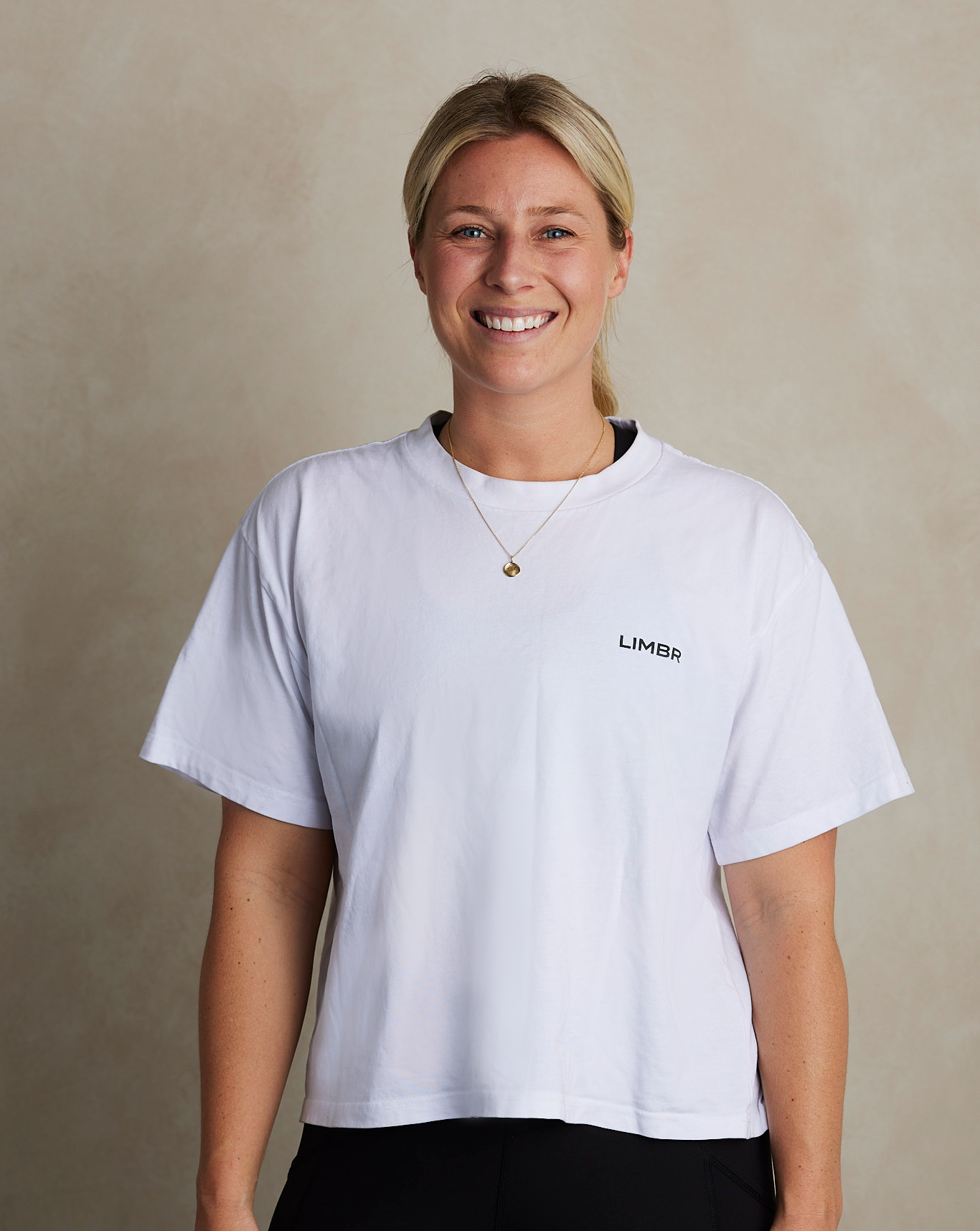Bye bye RICER, hello PEACE & LOVE
Ashleigh Kaye Ryan 22/01/24The rule of RICER (rest, ice, compression, elevation, referral) was first introduced back in 1978 to manage soft tissue injuries and has been implemented ever since. However, recent research has found a better way to manage soft tissue injuries by applying the PEACE & LOVE rule.
For those of you who don’t know, this is what it stands for:
P – Protection: Avoid any further aggravation of the injury. As a general rule, if any movements or actions reproduce the pain, avoid them in the acute and subacute phase.
E – Elevation: If possible, elevate the area of tissue damage to promote drainage of fluid to allow for continued mobility. For example, if you have sprained your ankle, put your ankle higher than both knee and hip level if you’re seated or lying down.
A – Avoid anti-inflammatories if possible: If you need pain relief, consult with a professional. It is best to use analgesics instead of anti-inflammatories as anti-inflammatories interfere with the natural cellular healing process.
C – Compress: Compress the area using a bandage, brace, or tape. Do not apply compression to tight as you don’t want to inhibit blood supply. Your aim is to reduce the inflammation at the sight.
E – Education: Gain advice from a health professional about the best course of treatment for your injury. Remember that this acronym is a general guide and it is best to get a personalised plan for your injury.
&
L – Load: Soft tissues love load! Gradually start to use the area of injury and let pain be your guide. Consult with a healthcare practitioner to help you accurately load your tissues safely and in a time-appropriate way.
O – Optimism: A positive mindset is extremely important for patient outcomes. Stay optimistic and confident in your recovery.
V – Vascularisation: Promote blood flow to the area to ensure healthy new blood gets to the injured site to repair the damaged tissue. Examples of this may be infrared saunas, remedial massage, or swimming.
E – Exercise: Active recovery is the best recovery. Engage in the correct movement to restore mobility, strength and proprioception.
The main reason for the change in the acronym is because RICER only targeted the acute phase of soft tissue injury and neglected to consider the subacute recovery phase which is crucial to optimise the prognosis.
The other key point to note is the removal of ICE for immediate care. Research has shown that cellular healing doesn’t occur below a certain temperature, thus ice can inhibit the natural cellular healing process. Our bodies have a remarkable natural healing ability that we don’t want to disrupt. This is why intervening with methods such as ice and anti-inflammatories in the acute phase can prolong healing time.
So, we encourage you to remember the acronym PEACE + LOVE and apply these rules until you can visit one of the Limbr health practitioners to get an accurate diagnosis, prognosis and management plan.
